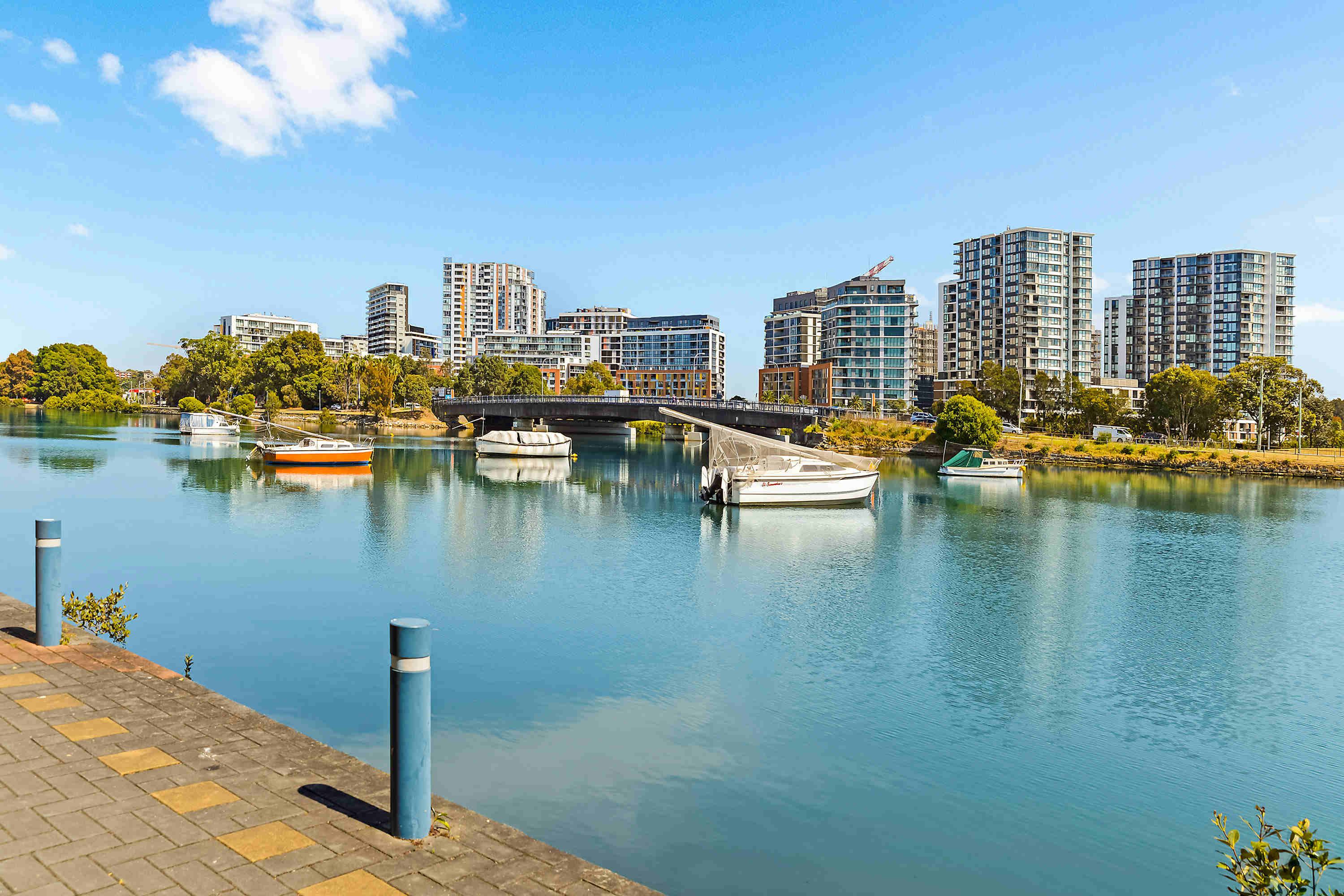Tempe
Tempe was named after the mansion on the southern banks of the Cooks River in the area that is now known as Wolli Creek. Alexander Brodie Spark (1792–1856), an immigrant from Elgin, Scotland, built Tempe House in 1836. It was named after the 'Vale of Tempe', a beautiful valley set at the foot of Mount Olympus in Greece, which was prominent in ancient Greek legend. Tempe House, designed by John Verge (1772–1861) in the Georgian style, is regarded as one of the great houses of Sydney. It is listed with the Heritage Council of New South Wales as well as the State Heritage Register. Spark also donated money towards the purchase of land and the building of St Peter’s Church of England, which gave its name to the suburb of St Peters, to the north of Tempe.In 1963, Harry Triguboff bought a block of land in Smith Street and constructed a block of eight units. This was Triguboff's first development. Later, after his Gladesville development in Meriton Street, he would establish his company Meriton Apartments.
A tram service once operated from Circular Quay along the Cooks River line to Tempe. This service was extended to St Peters as a steam tramway in 1891 and then to Tempe in 1900 when electric services commenced. The line ran down City Road from Broadway, then along King Street, Newtown before proceeding down the Princes Highway to its terminus at the Cooks River. At Tempe, a connection led to Tempe Depot. Past the terminus at the Cooks River, a single line led over the river to the Wolli Creek Per-way Yard, a large area accessible by both trains and trams. This was where the Sydney tramways housed its maintenance material.

